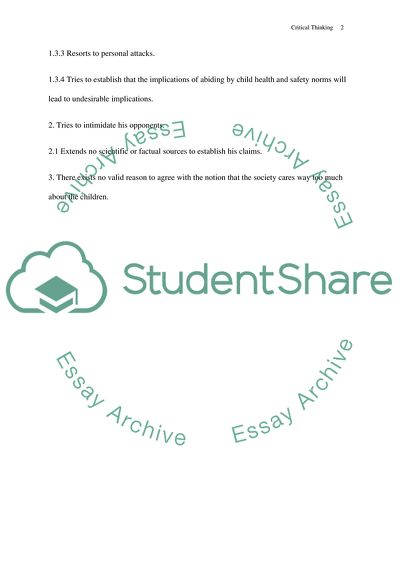Cite this document
(A Broad Standardization Essay Example | Topics and Well Written Essays - 1250 words - 2, n.d.)
A Broad Standardization Essay Example | Topics and Well Written Essays - 1250 words - 2. https://studentshare.org/psychology/1792284-critical-thinking
A Broad Standardization Essay Example | Topics and Well Written Essays - 1250 words - 2. https://studentshare.org/psychology/1792284-critical-thinking
(A Broad Standardization Essay Example | Topics and Well Written Essays - 1250 Words - 2)
A Broad Standardization Essay Example | Topics and Well Written Essays - 1250 Words - 2. https://studentshare.org/psychology/1792284-critical-thinking.
A Broad Standardization Essay Example | Topics and Well Written Essays - 1250 Words - 2. https://studentshare.org/psychology/1792284-critical-thinking.
“A Broad Standardization Essay Example | Topics and Well Written Essays - 1250 Words - 2”. https://studentshare.org/psychology/1792284-critical-thinking.


